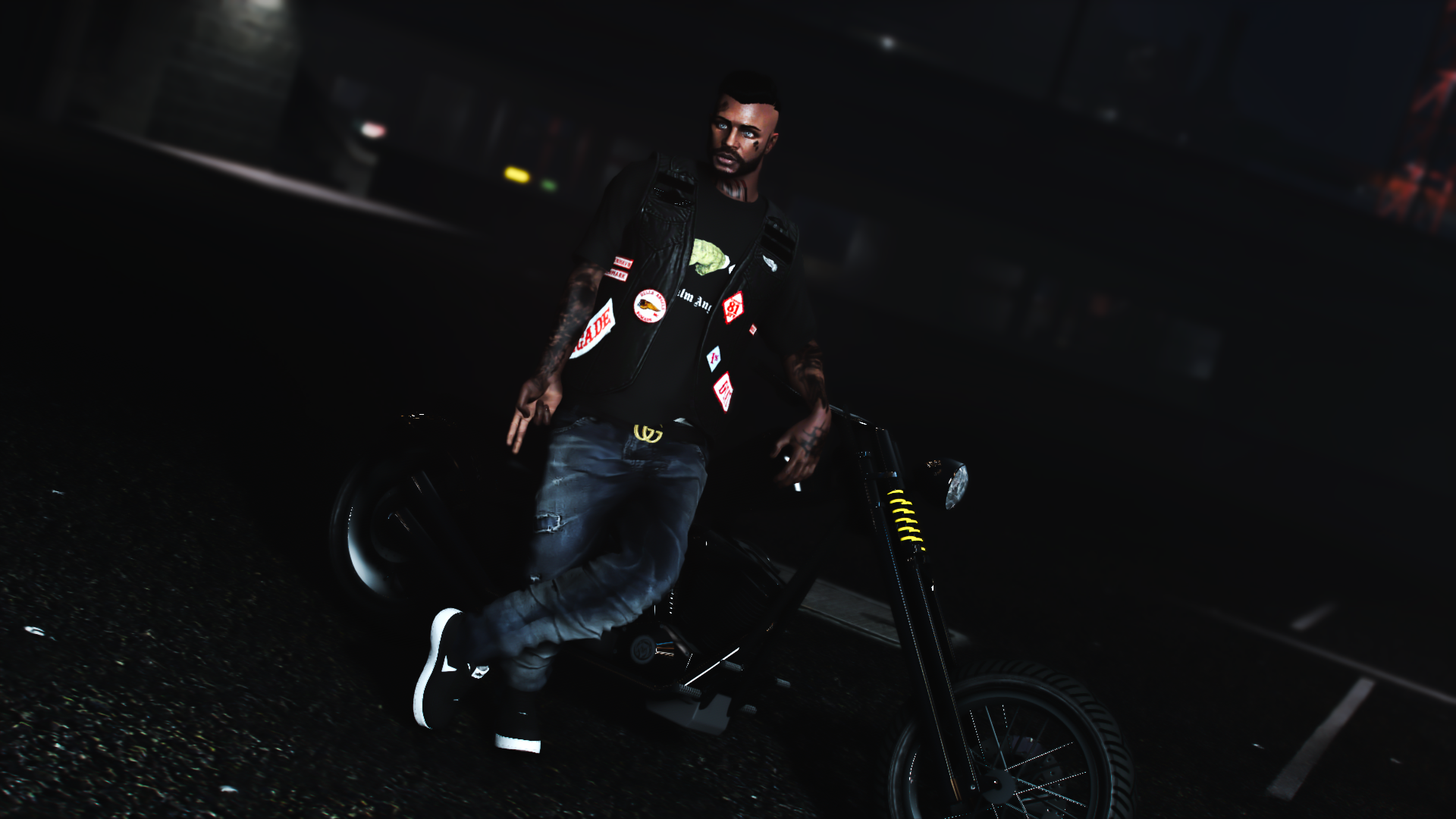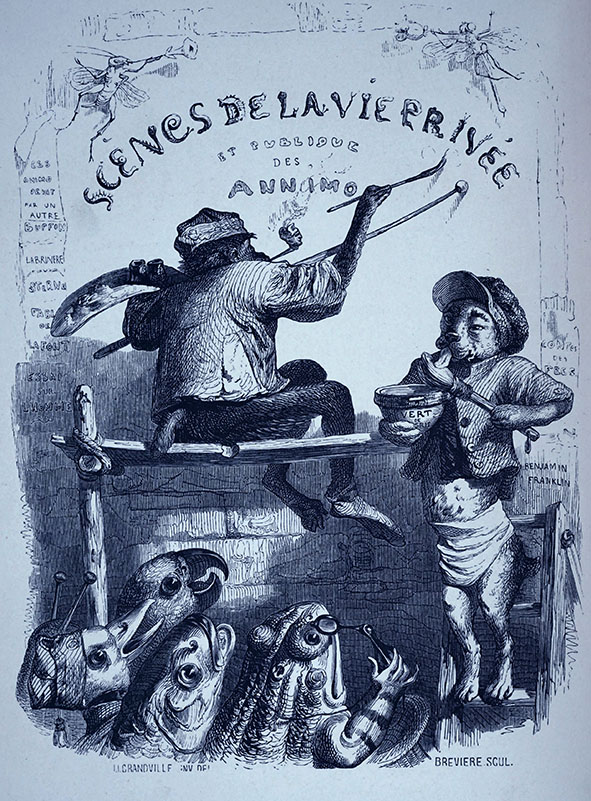The Hells Angels: An Examination Of Their Culture And Influence

Table of Contents
A History of the Hells Angels: From Post-War Rebels to Global Criminal Enterprise
The Hells Angels' story begins in the post-World War II era, a time of societal upheaval and a burgeoning counter-culture movement. Founded in 1948 in Fontana, California, the club initially embodied a spirit of rebellion and camaraderie amongst motorcycle enthusiasts. Their early years were largely defined by motorcycle riding, a rejection of mainstream norms, and a romanticized image of freedom. However, over time, the Hells Angels evolved significantly, transitioning from a loosely organized group of bikers to a sophisticated and globally operating criminal enterprise.
- Founding in 1948, post-World War II context: The post-war boom saw an increase in motorcycle ownership and a growing sense of disillusionment among returning veterans, creating fertile ground for the rise of motorcycle clubs like the Hells Angels.
- Early years focused on motorcycle riding and counter-culture rebellion: Early members engaged in long-distance rides, rallies, and a lifestyle that directly challenged societal expectations. This rebellious image played a significant role in shaping their early identity.
- Gradual evolution into organized crime, including drug trafficking, extortion, and violence: As the club grew, so did its involvement in criminal activities, transforming it into a powerful force in organized crime. This transition involved a strategic shift toward profit-driven criminal enterprises.
- Expansion into international chapters and territories: The Hells Angels' influence spread far beyond their initial California roots, establishing chapters across the United States and internationally. This expansion facilitated their involvement in global criminal networks.
- Key figures and events that shaped the club's trajectory: Certain individuals and pivotal events throughout the club's history dramatically influenced its evolution and trajectory, often involving internal conflicts, law enforcement crackdowns, and shifts in leadership. Understanding these turning points is vital to fully grasping their development.
The Hells Angels' Organizational Structure and Hierarchy
The Hells Angels operate under a rigid hierarchical structure, a key factor in their sustained power and longevity. This organizational model ensures efficient coordination of activities and maintains control across its various chapters. The “Mother Chapter,” usually the longest established chapter, holds significant influence over the overall organization.
- Strict chain of command and adherence to club rules: Members are expected to strictly adhere to a code of conduct and follow orders from superiors within the hierarchy. Disobedience often leads to severe repercussions.
- Membership criteria and initiation rituals: Becoming a full-fledged member of the Hells Angels involves a rigorous process, including a probationary period and often violent initiation rituals.
- Geographic organization and inter-chapter relationships: The club is geographically organized into chapters, with varying degrees of autonomy, yet maintaining interconnectedness and communication across the network.
- Role of leadership in maintaining control and coordinating activities: Leaders at each level play a crucial role in enforcing rules, resolving internal disputes, and overseeing criminal operations, ensuring the smooth functioning of the enterprise.
Criminal Activities and the Hells Angels' Involvement in Organized Crime
The Hells Angels' involvement in organized crime is extensive and well-documented. They are implicated in a wide array of illicit activities, generating substantial revenue and solidifying their position within the criminal underworld.
- Drug trafficking: specific drugs and distribution networks: The Hells Angels are heavily involved in the trafficking of various illegal substances, including methamphetamine, cocaine, and heroin. Their networks span international borders.
- Violent crimes: assaults, murders, and intimidation tactics: Violence is often used to maintain control, intimidate rivals, and enforce their power. Assaults, murders, and acts of intimidation are common occurrences.
- Extortion and racketeering: The club frequently engages in extortion schemes targeting businesses and individuals, demanding protection money or facing violent consequences.
- Money laundering and financial crimes: Sophisticated methods are used to launder the proceeds of their criminal activities, hiding the origins of their vast wealth.
- International criminal connections and collaborations: The Hells Angels collaborate with other organized crime groups globally, expanding their reach and influence in the international drug trade and other illicit activities.
Societal Impact and Public Perception of the Hells Angels
The Hells Angels' activities have a profound and often negative societal impact. They pose significant challenges for law enforcement agencies, generate widespread public fear, and are frequently depicted negatively in the media.
- Law enforcement strategies to combat Hells Angels activities: Law enforcement agencies employ various strategies, including undercover operations, surveillance, and targeted investigations, to combat the Hells Angels' criminal activities.
- Public perception and the media's portrayal of the Hells Angels: The media often portrays the Hells Angels in a negative light, focusing on their violent crimes and criminal activities, contributing to negative public perception.
- The impact of Hells Angels activities on communities: Their presence in communities often leads to increased violence, drug use, and a climate of fear, directly impacting the well-being of residents.
- Legal battles and court cases involving the Hells Angels: Numerous legal battles and court cases involving the Hells Angels demonstrate the ongoing efforts to dismantle their operations and hold members accountable for their actions.
Conclusion
This examination of the Hells Angels Motorcycle Club reveals a complex organization with a long and controversial history. From their origins as a post-war motorcycle club to their current status as a significant player in international organized crime, the Hells Angels' influence is undeniable. Their hierarchical structure, criminal activities, and impact on society continue to pose challenges for law enforcement and generate significant public interest. Understanding the Hells Angels requires a nuanced approach, moving beyond sensationalized narratives to appreciate the intricate workings of this powerful and enduring entity. Further research into the Hells Angels and their ongoing activities is crucial for understanding the evolving landscape of organized crime. Learn more about the Hells Angels and their impact on the world today – continue your research and stay informed about this influential and controversial motorcycle gang.

Featured Posts
-
 Upset In Rome Zheng Qinwen Defeats Sabalenka At Italian Open
May 26, 2025
Upset In Rome Zheng Qinwen Defeats Sabalenka At Italian Open
May 26, 2025 -
 Pogacar Solos To Tour Of Flanders Win
May 26, 2025
Pogacar Solos To Tour Of Flanders Win
May 26, 2025 -
 Michael Schumachers Championship Winning Ferrari F1 Car Heads To Monaco Auction
May 26, 2025
Michael Schumachers Championship Winning Ferrari F1 Car Heads To Monaco Auction
May 26, 2025 -
 Thierry Luthers Endeuille Par La Perte De Son Frere Albert
May 26, 2025
Thierry Luthers Endeuille Par La Perte De Son Frere Albert
May 26, 2025 -
 Enthoven Compare Le Pen Et Ramadan Morale Publique Et Purete Des M Urs
May 26, 2025
Enthoven Compare Le Pen Et Ramadan Morale Publique Et Purete Des M Urs
May 26, 2025
